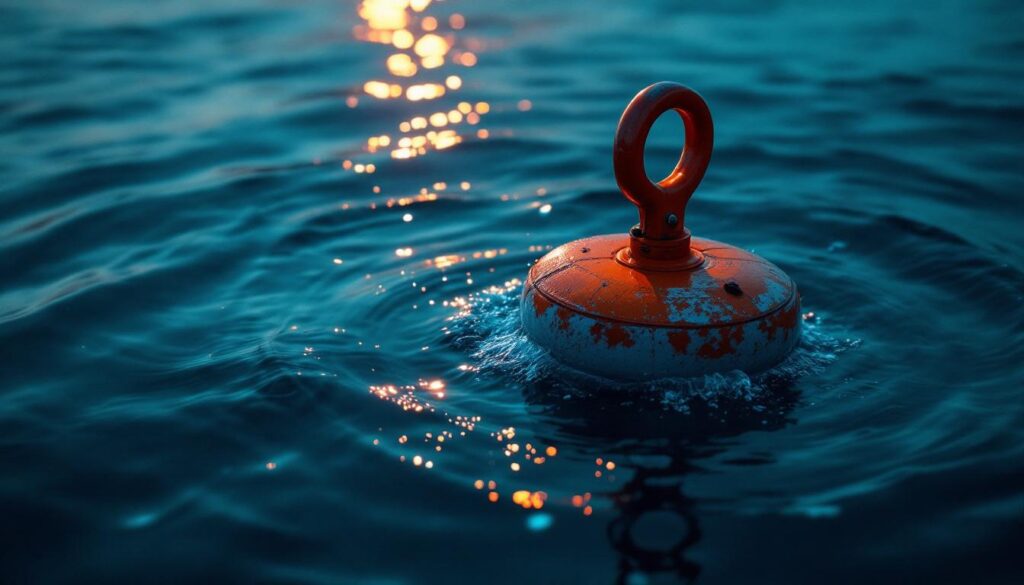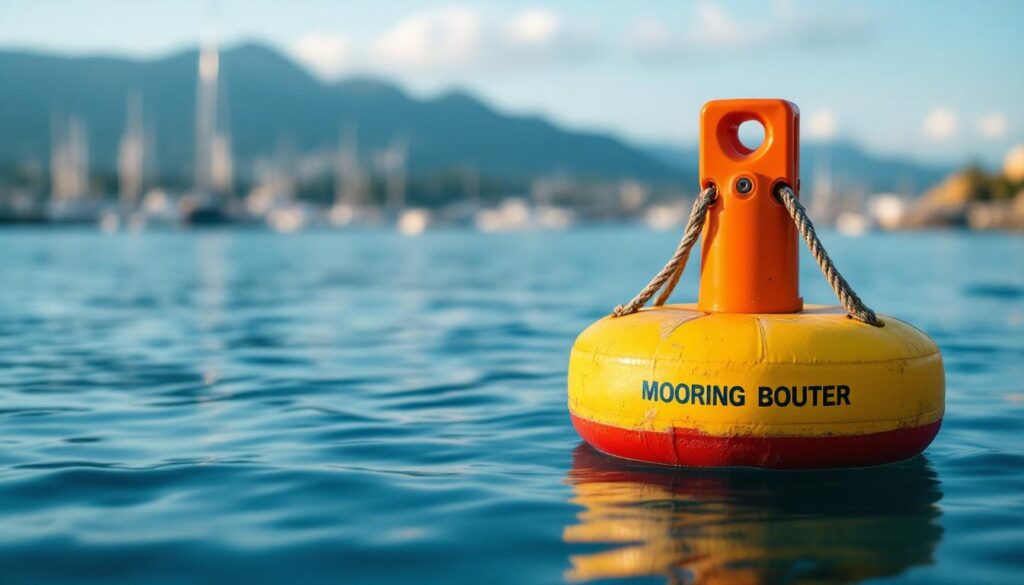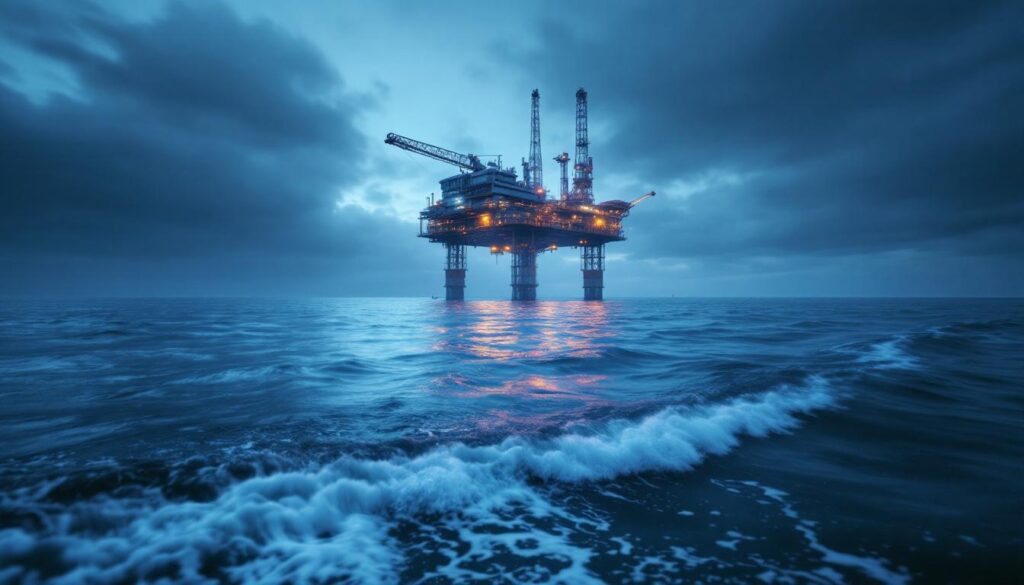Nov 23, 2025
How buoyancy impacts mooring performance
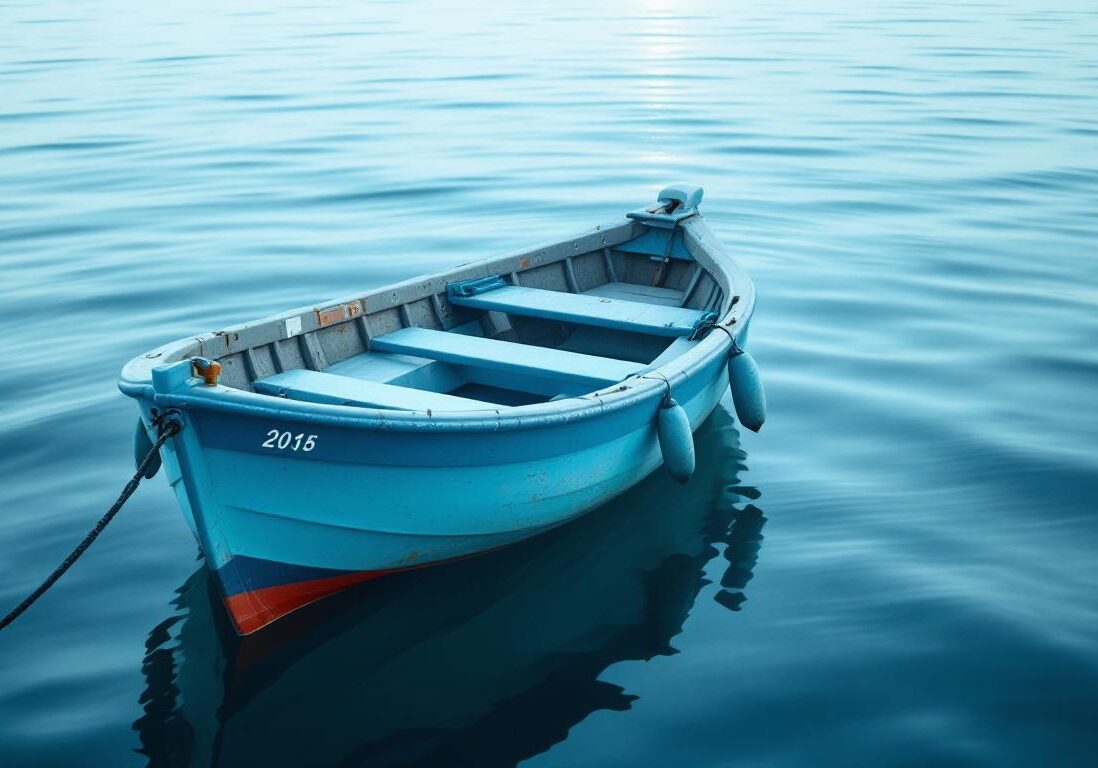
Imagine a floating platform anchored firmly in the ocean, swaying gently with the waves. Its stability depends on a delicate balance of forces, and buoyancy plays a starring role in this dance. Without understanding how buoyancy affects mooring systems, engineers and operators risk compromised safety, increased wear, and costly downtime. This article dives deep into the relationship between buoyancy and mooring performance, unpacking the physics, design considerations, and practical implications for marine structures.
The fundamentals of buoyancy in marine environments
Buoyancy is the upward force exerted by a fluid that opposes the weight of an object immersed in it. In the context of mooring systems, buoyancy influences how mooring lines, anchors, and floating structures interact with water. The principle is straightforward: an object submerged in water experiences a force equal to the weight of the water displaced. This force can either help support the structure or add complexity to the mooring design.
For floating platforms, buoyancy determines how much of the structure remains above water and how it responds to waves and currents. The mooring system must accommodate these movements without failing. If buoyancy is miscalculated or ignored, mooring lines may become slack or overly tense, leading to instability or damage. Additionally, the design of floating structures often incorporates various buoyant materials, such as foam or air-filled chambers, to enhance stability and reduce the overall weight of the system, allowing for more efficient operations in challenging marine environments.
How does buoyancy affect the forces on mooring lines?
Mooring lines are the lifelines that keep floating structures in place. Buoyancy impacts the tension in these lines by altering the vertical and horizontal forces acting on them. When buoyant elements are attached to mooring lines, they reduce the effective weight of the line in water, which can prevent excessive sagging and reduce seabed friction. Conversely, insufficient buoyancy can cause lines to drag, increasing wear and the risk of failure. Moreover, the design of these mooring lines must consider not only the buoyancy but also the environmental factors such as wind, waves, and currents, which can exert additional forces on the lines, necessitating robust engineering solutions to ensure reliability.
Buoyancy and dynamic response of moored structures
Wave action causes floating platforms to move in complex patterns—heaving, pitching, rolling, and surging. Buoyancy affects how these motions translate into forces on the mooring system. Properly designed buoyancy elements can dampen movements, reducing peak loads on mooring lines and anchors. This dynamic interaction is crucial for maintaining the integrity of the mooring over time. The response of a moored structure to environmental conditions is often modeled using sophisticated simulations that take into account the buoyancy characteristics of the materials used, the geometry of the structure, and the expected wave patterns. These models help engineers predict how the system will behave under various scenarios, allowing for better design and risk mitigation strategies.
Furthermore, the integration of advanced monitoring technologies, such as sensors and real-time data analytics, can enhance our understanding of buoyancy effects in marine environments. These systems can track the performance of mooring lines and floating structures, providing valuable insights into how buoyancy changes with varying conditions. By analyzing this data, engineers can make informed decisions about maintenance and upgrades, ensuring that mooring systems remain effective and safe throughout their operational lifespan. This proactive approach not only extends the life of the mooring systems but also contributes to the overall safety and efficiency of marine operations.
Design considerations: incorporating buoyancy into mooring systems
Designing a mooring system involves balancing many factors, and buoyancy is a key one. Engineers must decide where and how to introduce buoyant components to optimize performance. This includes choosing the right materials, shapes, and placement of buoys or floats along mooring lines. The integration of buoyancy not only enhances the stability of floating structures but also plays a crucial role in their overall safety and operational efficiency. An effective mooring system must account for environmental variables such as wave action, currents, and wind forces, which can all influence the performance of buoyant elements.
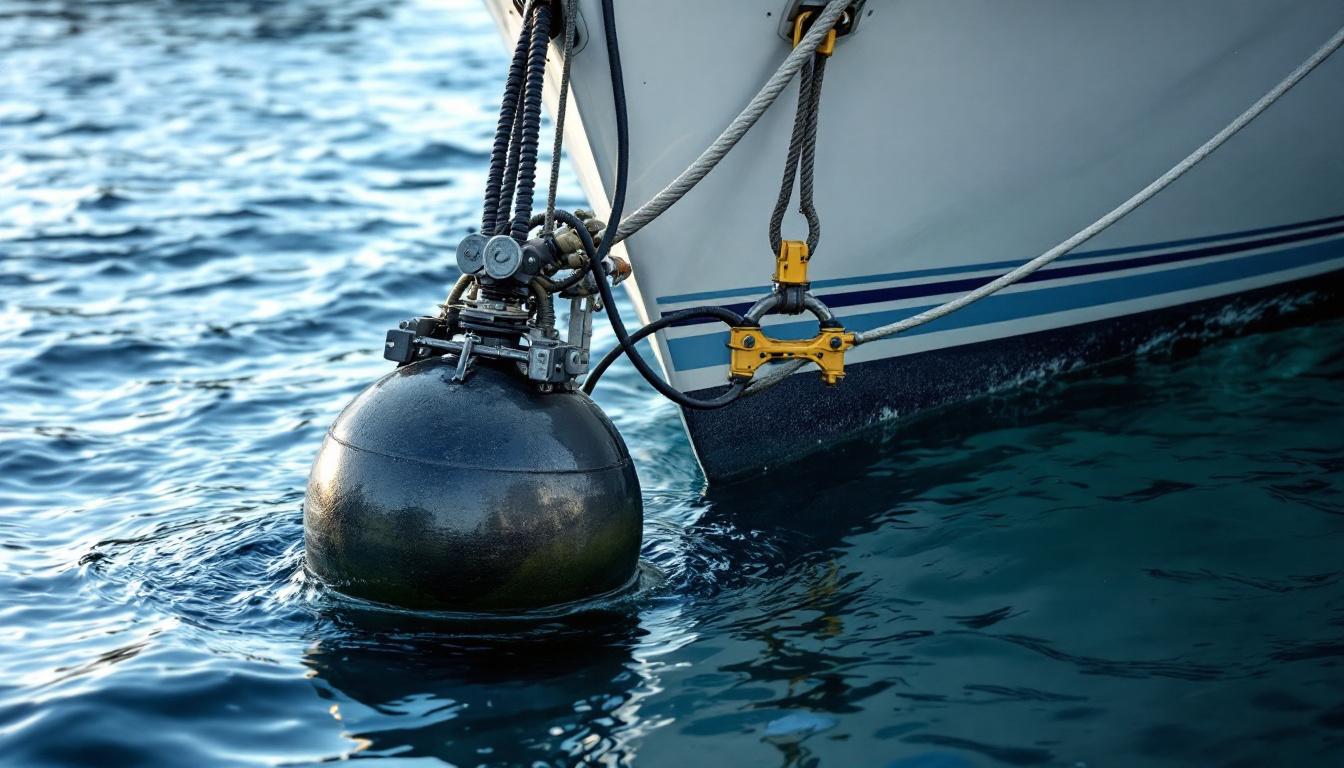
Buoyancy can be used strategically to create a desired catenary shape in mooring lines, which helps absorb energy and maintain tension. It also prevents lines from dragging on the seabed, which can cause abrasion and damage. However, too much buoyancy can lead to excessive vertical forces, potentially pulling anchors out of the seabed. Thus, engineers must carefully analyze the trade-offs involved in buoyancy design, ensuring that the system can withstand extreme weather conditions while maintaining its integrity over time. Continuous monitoring and adjustments may also be necessary to adapt to changing environmental conditions and ensure optimal performance.
Types of buoyant devices used in mooring
Common buoyant devices include foam-filled buoys, air-filled floats, and syntactic foam elements. Each has advantages and trade-offs. Foam-filled buoys are durable and resistant to crushing but add significant weight. Air-filled floats are lighter but vulnerable to punctures. Syntactic foam offers high buoyancy with low weight but can be costly and requires careful handling. Additionally, the choice of buoyant device may also depend on the specific application, such as offshore oil and gas platforms, aquaculture systems, or renewable energy installations. For instance, in aquaculture, buoyant devices must not only support the structure but also withstand biological fouling and harsh marine environments.
Placement strategies for buoyancy in mooring lines
Buoyancy placement depends on the mooring configuration—whether it’s a spread mooring, turret mooring, or single-point mooring. Typically, buoyant elements are positioned to reduce line weight near the seabed and mid-water, preventing excessive sag and seabed contact. Engineers use modeling software to simulate different placements and their effects on line tension and platform motions. Furthermore, the interaction between buoyancy and other components, such as anchors and chain links, must be carefully evaluated to ensure that the entire mooring system functions cohesively. Advanced computational fluid dynamics (CFD) simulations can provide insights into how buoyant elements interact with water currents, allowing for more precise adjustments in design and placement.
Real-world impacts of buoyancy on mooring performance
Buoyancy doesn’t just influence design on paper; it has tangible effects on operational safety and longevity. When buoyancy is optimized, mooring systems perform reliably under harsh marine conditions, minimizing maintenance and downtime. Conversely, poor buoyancy management can lead to catastrophic failures. The implications of buoyancy extend beyond mere performance metrics; they also encompass environmental considerations. For instance, a well-designed buoyancy system can reduce the ecological footprint of marine installations by preventing excessive wear and tear on seabed habitats, thereby promoting a healthier marine ecosystem.
For example, offshore oil platforms rely heavily on mooring integrity. Buoyancy aids in distributing loads evenly and reducing fatigue in mooring lines. In floating wind turbines, buoyancy helps stabilize the structure against strong winds and waves, ensuring consistent energy production. This stability is crucial not only for maximizing energy output but also for minimizing the risk of structural failure, which can have dire economic and environmental consequences. Furthermore, advancements in buoyancy technology, such as the use of lightweight composite materials, are paving the way for more efficient designs that can withstand the rigors of marine environments while also being more cost-effective to produce.
Case study: buoyancy in deepwater mooring systems
Deepwater mooring presents unique challenges due to increased water depth and environmental forces. Buoyancy elements become essential to manage the long mooring lines and prevent excessive drag or entanglement. In one project, strategically placed syntactic foam buoys reduced line tension peaks by 30%, extending the mooring system’s lifespan and improving platform stability. This case highlights the importance of tailored buoyancy solutions that account for specific environmental conditions, such as current patterns and wave heights. Additionally, the integration of advanced monitoring systems has allowed operators to continuously assess the performance of buoyancy elements, ensuring that any potential issues can be addressed proactively before they escalate into serious problems.
Maintenance and inspection considerations
Buoyancy devices require regular inspection to ensure they maintain their properties. Foam degradation, leaks in air-filled floats, or damage from marine life can alter buoyancy, impacting mooring performance. Maintenance plans often include buoyancy checks alongside line tension monitoring and anchor inspections to catch issues early. The frequency of these inspections can vary based on environmental conditions and operational demands, with some systems requiring quarterly evaluations while others may necessitate monthly checks. Moreover, emerging technologies such as underwater drones equipped with imaging capabilities are revolutionizing the inspection process, allowing for more thorough and less invasive assessments of buoyancy devices and their surrounding environments. This not only enhances safety but also contributes to more efficient maintenance schedules, ultimately leading to improved operational reliability and cost savings over time.
Environmental factors influencing buoyancy and mooring
The marine environment is dynamic and unpredictable. Temperature, salinity, and biofouling can all affect buoyancy and, by extension, mooring performance. Saltwater density varies with temperature and salinity, changing the buoyant force slightly but meaningfully in precise engineering contexts.
Biofouling-organisms growing on buoyant devices-adds weight and reduces buoyancy. This can cause mooring lines to sag or increase tension unexpectedly. Engineers often apply antifouling coatings or design buoyancy elements to minimize these effects.
How do temperature and salinity affect buoyancy?
Water density changes with temperature and salinity, altering the buoyant force on submerged objects. Colder, saltier water is denser, providing more buoyant force. In regions with significant seasonal or depth-related variations, mooring systems must be designed to accommodate these changes to maintain consistent performance.
Impact of biofouling on buoyancy and mooring lines
Biofouling adds unwanted mass to buoyant devices and mooring lines, reducing their effectiveness. Over time, this can lead to increased line tension, altered platform motions, and accelerated wear. Regular cleaning and antifouling treatments are essential to preserve buoyancy and ensure mooring reliability.
Frequently Asked Questions (FAQ)
What happens if buoyancy is not properly considered in mooring design?
If buoyancy is overlooked or miscalculated, mooring lines may experience excessive tension or slack, leading to instability. This can cause premature wear, increased risk of line failure, and potential loss of the moored structure. Proper buoyancy ensures balanced forces and stable platform behavior.
Can buoyancy devices be retrofitted to existing mooring systems?
Yes, buoyancy devices can often be added to existing mooring lines to improve performance. However, retrofitting requires careful analysis to avoid introducing new issues, such as excessive vertical loads or altered dynamic responses. Consulting with marine engineers is essential before making modifications.
How does buoyancy affect the choice of mooring line materials?
Buoyancy influences the effective weight of mooring lines in water, which affects material selection. Lightweight materials may require less buoyancy to maintain line shape, while heavier lines benefit more from buoyant elements to reduce seabed contact. Material strength and flexibility also play roles in conjunction with buoyancy considerations.
Are there environmental regulations related to buoyancy devices in mooring systems?
Environmental regulations may govern the materials and coatings used on buoyancy devices to prevent pollution and protect marine life. Additionally, devices must be designed to minimize impacts such as entanglement or habitat disruption. Compliance with local and international standards is a key part of mooring system design.
How often should buoyancy devices be inspected or maintained?
Inspection frequency depends on environmental conditions and device type but typically ranges from every six months to annually. Maintenance includes checking for physical damage, buoyancy loss, and biofouling. Proactive upkeep helps prevent failures and extends the service life of mooring systems.
Final thoughts on buoyancy and mooring performance
Buoyancy is more than just a physical principle; it’s a critical factor that shapes the safety, reliability, and longevity of mooring systems. Whether designing new moorings or maintaining existing ones, understanding and managing buoyancy ensures floating structures withstand the challenges of the marine environment. Thoughtful integration of buoyant elements, combined with regular inspection and environmental awareness, keeps mooring systems performing at their best.
As you consider the critical role of buoyancy in mooring performance, remember that innovative solutions are at the heart of enhancing safety and reliability in marine environments. At Ovun, we specialize in leveraging the versatility of plastic materials to elevate the safety and performance of your seismic, offshore, subsea, aquaculture, and marine operations. Our commitment to collaboration and sustainability means we work hand-in-hand with you to co-create durable, cutting-edge products that not only meet but exceed your expectations. With a vision to transform the ocean into a safe, profitable, and sustainable workplace, we ensure that our products are recyclable at the end of their lifespan, contributing to new sustainable solutions. To explore how Ovun can support your mooring system needs and help you navigate the challenges of the marine environment with smarter, long-lasting solutions, Contact us today.

